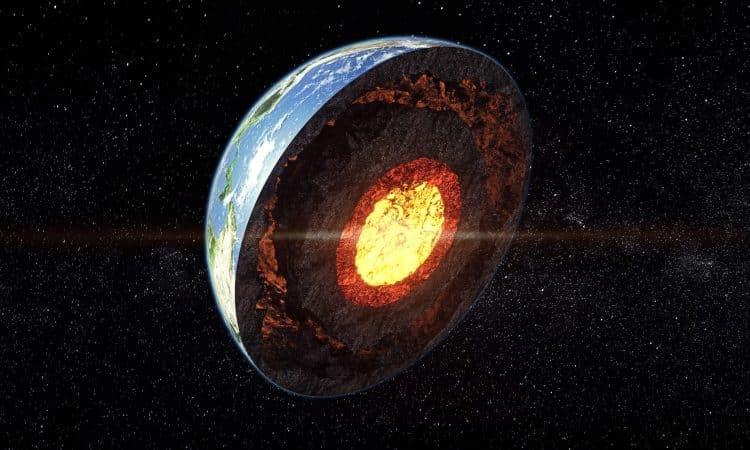
Earth’s continental configurations have changed dramatically over its billion-year history, transforming not only the positions on the planet but also the topography as the expansion and contraction of the crust left its mark on the landscape.
Some areas of the continental crust have maintained long-term stability since early Earth history with little destruction by mantle convection, known as cratons.
Recent research, published in Nature Geoscienceanalyzed the mechanisms by which the cratons could have deformed, a process called decratonization.
While subduction (when a denser tectonic plate is forced under another into the underlying mantle, where it melts) and deep mantle plumes (when a segment of the mantle rises to the surface due to its buoyancy and thermally erodes the crust ) have been proposed as possible causes, the mechanisms that led to the deformation and eventual destruction of Earth’s cratons remain elusive.
Professor Shaofeng Liu, from the China University of Geosciences, and his colleagues investigated the disintegration of a particular craton over a period of 200 million years.
The expansion and contraction of the crust left its mark on the landscape
To do this, the research team considered the North China Craton (NCC), in the western Pacific Ocean, from the middle Mesozoic (168 million years ago), using four-dimensional models of mantle flow, write
These included data on the evolution of surface topography, deformation of the lithosphere (crust and upper mantle), and seismic tomography (a technique that uses seismic waves to generate 3D models of the Earth’s interior).
They identified two stages of major change for the NCC that led to its deformation over time. Initially, eastward subduction of the low-tilt Izanagi oceanic plate thickened the NCC crust of the Eurasian plate, which shortened due to terrane compression and formed topographic highs. This happened due to the eastward movement of the Eurasian plate in rhythm.
A subsequent phase of rapid plate roll-over (when the subducting plate retreats back to the surface) resulted in the lithosphere being extended and thinned by 26% of its original thickness. This resulted from the shift in NCC motion from east to south, slowing convergence
Two stages of major change
These two stages took place over millions of years in several phases, beginning with thrust and transpressional faults (horizontal movement of rocks with additional shortening perpendicular to the movement) during the Jurassic and early Cretaceous (from the beginning of the study period.
To validate these findings, the scientists generated three flow models to reconstruct the tectonic history of the region, based on predictions of their structures today and comparison with seismic tomography data.
The validated rolling plate model accurately reproduced a plate 4,000 km wide and up to 660 km deep in the area, which eventually went on to form a large mantle plume.
This feature is evidenced in the record of volcanic rocks seen today, with carbonates recycled from the subducted slab into the upper mantle, forming the characteristic carbonate peridotite. Over tens of millions of years, this mantle rift eventually disappeared as the plate retreated.

